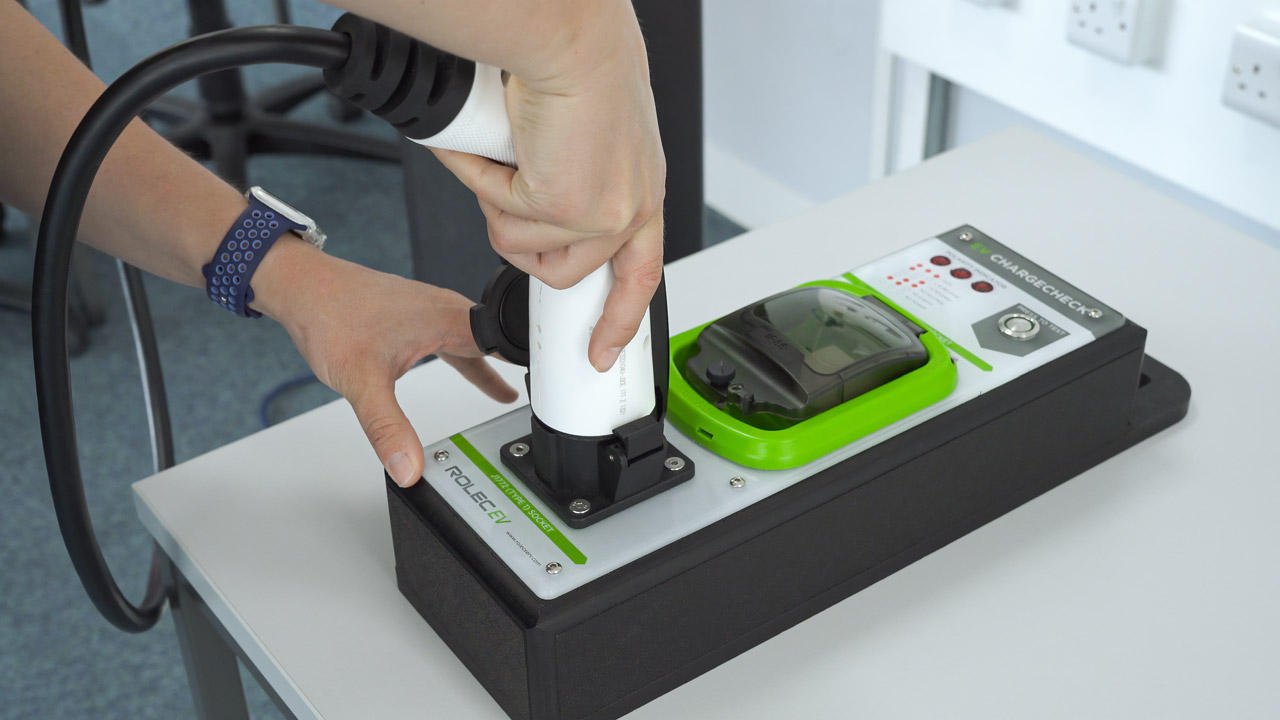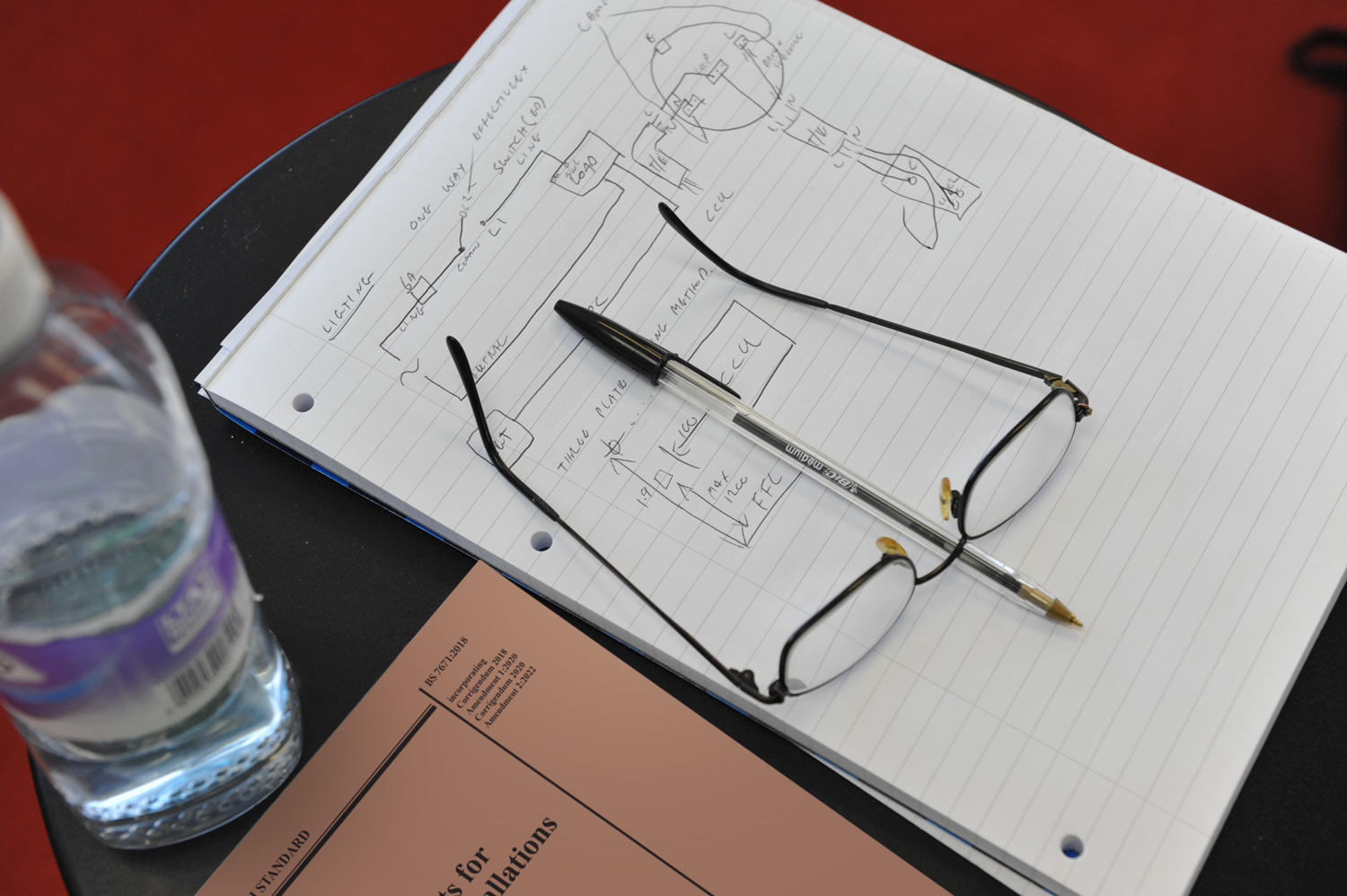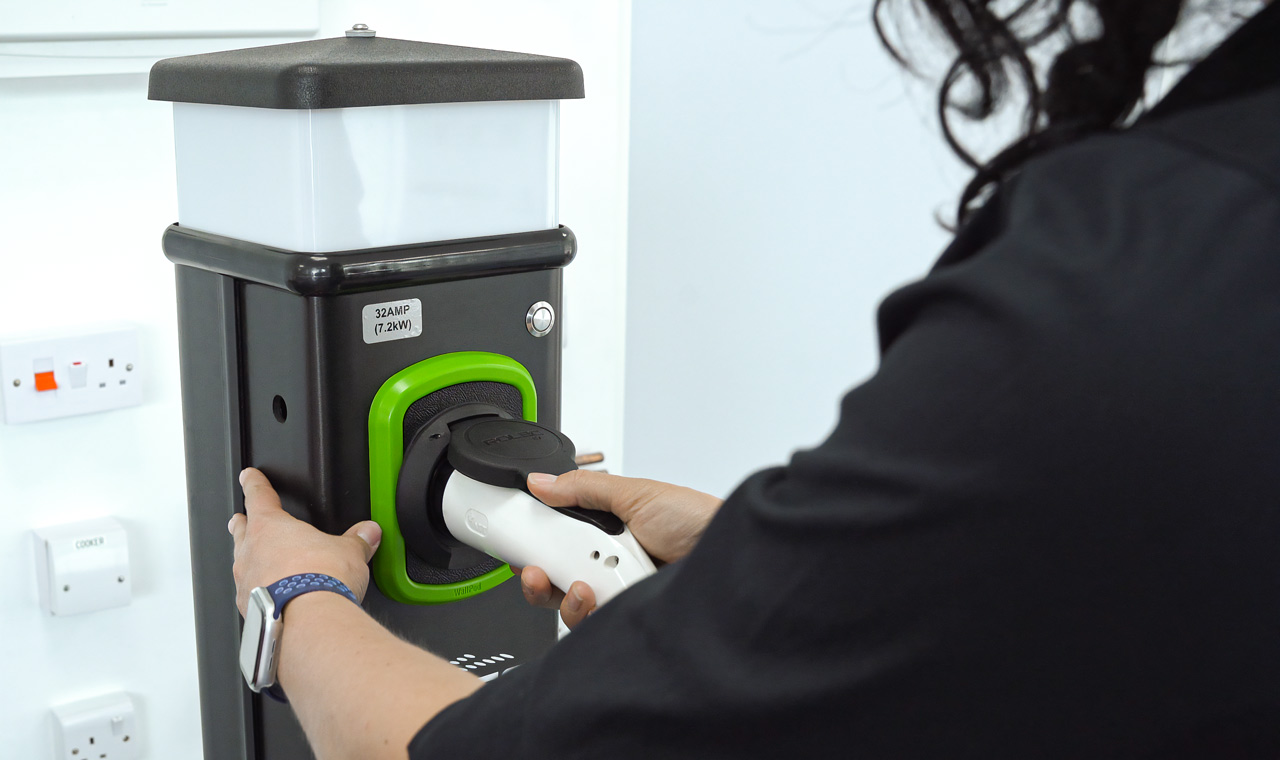A. In short the answer is ‘depends’ but the answer could be ‘earthing’, ‘bonding’ or ‘neither’ depending on the circumstances. Looking at each of these in turn:
- If the tray is an exposed conductive part it requires earthing.
- If the tray is and extraneous conductive part it requires bonding.
- If the tray is neither of the above it requires neither earthing nor bonding
So once again the answer comes down to the definition of ‘exposed conductive part’ and ‘extraneous conductive part’.
Exposed-Conductive-Part Conductive part of equipment which can be touched and which is not normally live, but which may become live under fault conditions.
Extraneous-Conductive-Part A conductive part liable to introduce a potential, generally Earth potential, and not forming part of the electrical installation.
So two further questions now arise:
Q1. Is a metallic tray an exposed-conductive-part?
Note: It should be remembered that the purpose of earthing is to provide a path for fault current to flow and operate the overcurrent protective device.
A(i). If the tray is used as a protective conductor as allowed by 543.2.1, then yes it is and it should be earthed.
A(ii). If the tray is used to carry cables and is not used as a protective conductor two scenarios exist:
1. The cable tray carries metallic sheathed cables, such as bare micc. – In the event of a fault on the circuit the fault path will be the metallic sheath of the cable and therefore the tray is not an exposed-conductive-part and does not require earthing. If the tray was to be connected to the MET, under fault conditions the tray would only serve to distribute further any touch voltage.
2. The cable tray carries cables with a non-metallic sheath. – In this case the cables are deemed to provide the same basic and fault protection as class II equipment (see Regulation 412.2.4.1) and as such, in the event of an insulation fault in the cable a fault current cannot flow in a conductive part and hence the tray does not require earthing.
In either of the scenarios above the tray is not required to be earthed and in some cases earthing could increase the shock risk under fault conditions.
Q2. Is a metallic tray an extraneous-conductive-part?
Note: It is worth noting that in the definition of an extraneous-conductive-part, the word ‘Earth’ is capitalised as it is a proper-noun and therefore refers to the planet or the ground we stand on.
A. To answer this question one must ask another question; can the tray introduce a potential that does not already exist in the installation? Largely the answer to this question is no and therefore normally there is no need to connect bonding or supplementary bonding to the tray.
If the tray were to carry services into a building from outside of that building and that tray was in contact with Earth potential outside, then this potential could be introduced to the location and yes there would be a need to provide bonding.
The above would also apply to cable basket but not to metallic conduit or trunking which houses insulated cables without an outer sheath.
Further details on the above subject can be found in Section 10.11 of Guidance Note 8 published by the IET.
Published by our Director of Education – Andy Hay-Ellis






















